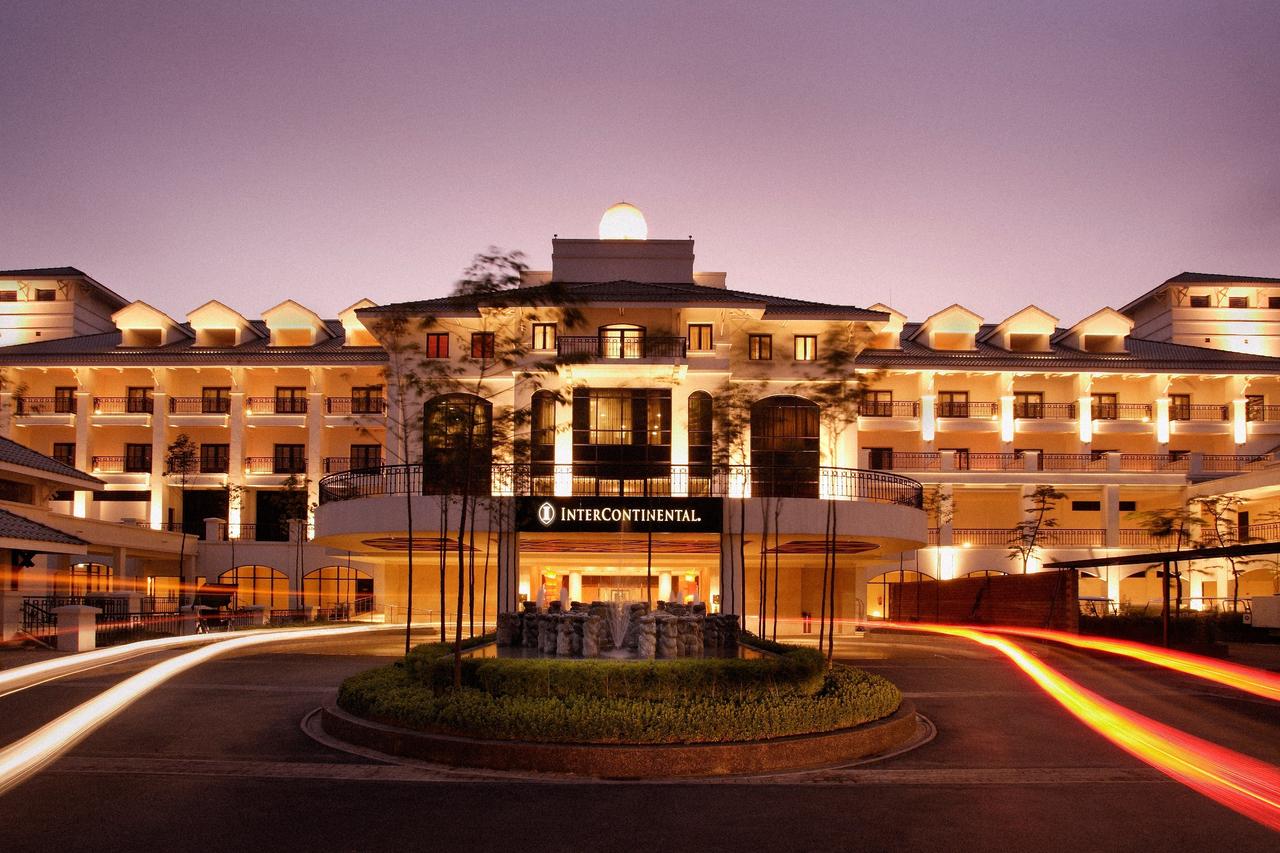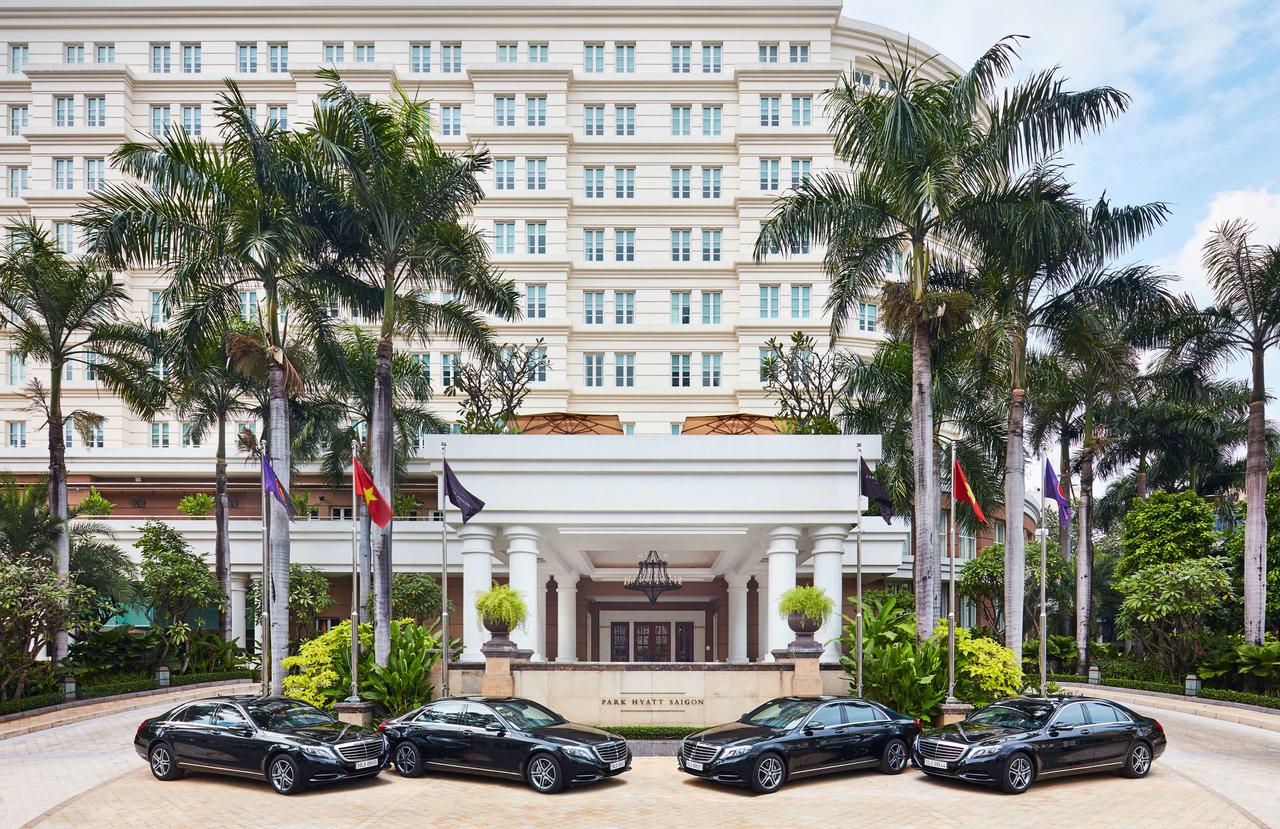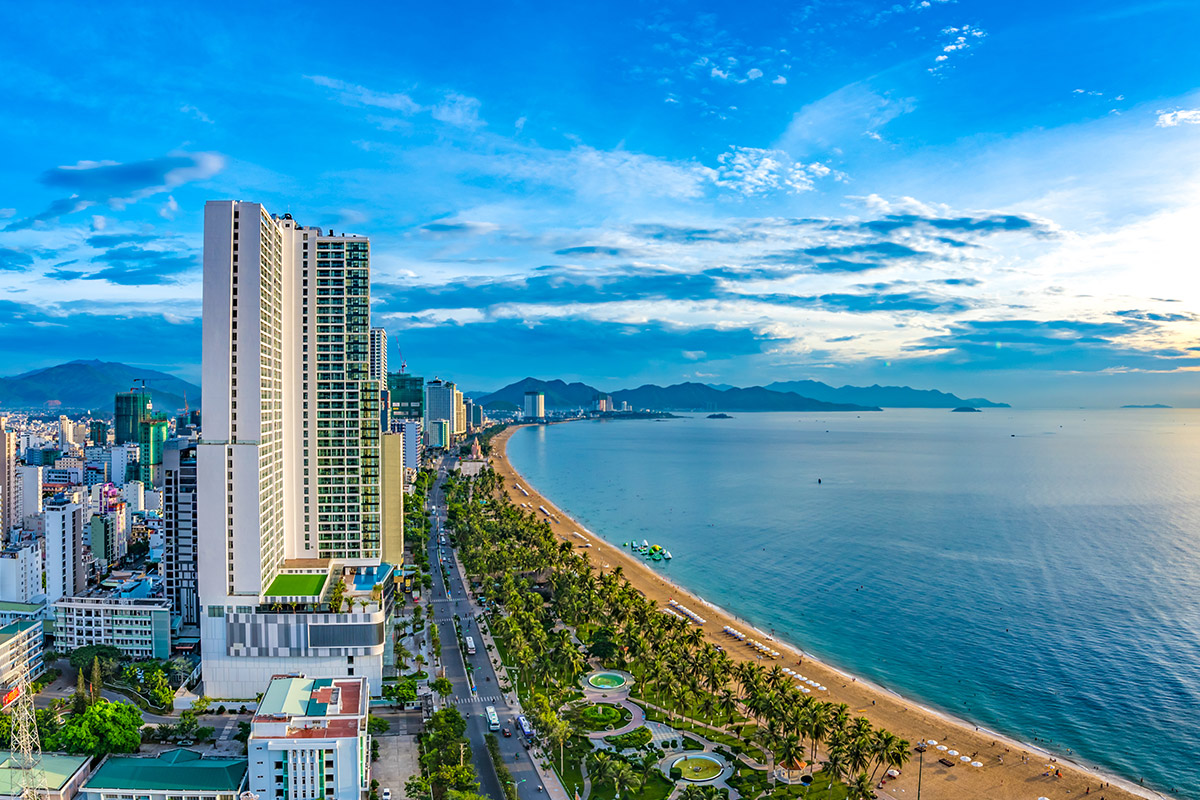Operating hotel assets attracting attention from foreign investors
JLL said in its latest snapshot report for Vietnam’s hotel market that the industrial renaissance has driven corporate demand for hotels across the country.
Other factors, such as visa exemptions, the introduction of new direct air routes and improved marketing efforts, have also boosted the country’s appeal to leisure travelers.
Like much of Southeast Asia, leisure demand has been driven by mainland Chinese tourists, hitting record arrival growth last year, according to the report.
In Vietnam, the hotel transaction market has shown signs of vibrant so far in 2019. For example, some outstanding successful transactions in the market this year include Ho Tram Grand Strip resort which has been sold to Warburg Pincus investment fund.
Also, Malaysia’s Berjaya Corporation has successfully divested its entire 75 percent stake in the TPC Nghi Tam Village Co., Ltd. The village owns the Intercontinental Hotel with a value of more than US$53.4 million to a domestic hotel investor, Hanoi Hotel Tourism Development Co., Ltd. In addition, JLL has also successfully consulted a 5-star hotel transaction in Nha Trang city, Khanh Hoa province recently.

According to JLL’s observation, foreign and domestics investors are showing the difference in their investment tastes. While foreign investors are actively seeking investment opportunities with higher returns in Vietnam via operating hotel assets with in-place cash flow, the majority of domestic investors are interested in developing hotels and resorts from vacant land banks.

“In Vietnam, realistically, selling price is more expensive than this given the amount of capital that there is to be allocated the market, especially from those still able to achieve cheap corporate debt from 2 to 4 percent in economies such as Japan, Korea, Hong Kong and Singapore,” comments Trang Vo, Vice President, JLL Hotels & Hospitality Asia Pacific.
“In current market situation, the yield recorded in successful transactions could be compressed to 7 to 8 percent depending on the asset types and investment strategy. It is noted that the 8 percent rate is lower than the interest rate at Vietnamese banks though and hence why most local groups focused on development where returns may be higher.”
Trang noted that JLL also witnessed domestic investors demand for hotel investments in Vietnam has been growing in recent years. With the advantages of geographic and strong economic understanding as well as the domestic political situation, domestic investors are willing to pursue deals of great transaction value, creating fierce competition with foreign investors.
Hotel transaction volumes in Asia Pacific are expected to increase by 25 to 30 percent year-on-year to more than US$11 billion in 2019, according to research from global real estate consultancy JLL.
“Despite a cautious economic climate and wider political headwinds, hotels in the Asia Pacific present an attractive yield profile amid booming tourism demand, in the context of falling interest rates and bond yields,” says Adam Bury, Executive Vice President, JLL Hotels & Hospitality Asia Pacific.
“Much demand this year has been buoyed by private equity firms, developers and domestic clients. This leads us to believe that 2019 will be the third most highly-transacted year in the past decade. To date, only 2017 and 2015 have surpassed the US$11 billion thresholds.”
“These tourism drivers will boost the need for accommodation assets, with investors looking to capitalize on the wave of demand. Japan is the region’s top-performing market and forecast to hit a record high of US$4 billion in transaction volumes this year,” adds Mr. Adam.
Vietnam leisure real estate market snapshot
Regarding investment destinations in Vietnam, Hanoi and Ho Chi Minh City, the two largest metropolises, are expected to remain as the top two cities on the radar for hotel investment in the country.
They are followed by Danang and Nha Trang, the two famous coastal destinations. It is recognized that hotel in economic hubs will bring higher and more stable cash flow than coastal resorts and hotels, the US-headquartered real estate service firm said in the report.
In HCMC, as of year-to-date (YTD) August 2019, the hotel trading performance has remained healthy with positive growth of 5.8 percent for an ADR of US$118 and 0.7 percent for revenue per available room (RevPAR) at US$81. Despite market-wide annual average daily rate (ADR) growth of 5.8 percent, the pressure from new supply reduced occupancy by 4.8 percentage points.
As at YTD September 2019, international visitors’ arrival to HCMC grew 14.3 percent over year, reaching 72.9 percent target visitors for 2019. International arrival numbers are expected to grow, following a positive result from the annual International Tourism Event organized in early September 2019.
1,114 rooms were added to HCMC existing hotel stock, as of YTD September 2019, lifting overall supply to approximate 20,200 rooms. In 2020, new supply is projected to slow down as government has tightened approval policy for new development projects. By the end of 2021, HCMC supply is forecasted to hit 22,000 rooms, 55.4 percent of which will be in the upscale segment.
Given the limited new hotel room supply in 2020, market-wide performance is projected with positive growth in the short to medium term.

For the capital city of Hanoi, novel strategy for tourism development has yield positive patronage from local tourism operators and increasing international visitors. Hotel RevPAR showed considerable growth of 8.4 percent year-on-year as at YTD August 2019.
Hanoi fostered international arrivals from North America with international branding campaign of CNN during June – August 2019. Despite the summer season, during which travelers typically prefer coastal destinations, Hanoi welcomed a total of 21.6 million visitor arrivals as at YTD September 2019, resulting in a 9.5 percent yearly increase.
A total of 1,008 rooms will be added to Hanoi’s hotel landscape in the forth quarter of 2019, increasing total supply to 18,6699 rooms, with approximately 97 percent of the new supply in the mid-scale and upscale segment. By the end of 2021, Hanoi will have more than 20,400 rooms with approximately 59.8 percent belonging to the high-end segments.
With continuous tourism advertising initiatives, new target markets (e.g. North America and Australia) and moderate growth in hotel room supply, Hanoi is expecting continuously strong visitor arrivals and healthy hotel trading performance over the next three years.

In terms of Danang coastal city, hotel market-wide ADR decreased 13.2 percent while occupancy rate increased by 4.2 percentage points compared to the same period last year, as at YTD August 2019, leading to the overall RevPar reduction of 9.6 percent and pointing at a potentially oversupplied market.
Newly established flight routes to Danang in both international and domestic sectors boosted international visitor arrivals as at YTD July 2019 to 2.4 million, a 26.1 percent annual growth.
Future hotel openings during 2019-2021 are expected to add approximately 9,479 rooms to the current supply, of which 81.8 percent is projected to be in the upscale and midscale segments. However, less than 38 percent of the upcoming supply will be managed by international operators.
As a result of slow down in new supply from the beginning of 2019, hotel occupancy saw a soft yearly increase of 4.2 percentage points as at YTD August 2019. Given the subdued growth in international visitor arrivals, shortage of nightlife entertainment and continuous influx of new hotel rooms over the next three years, hotel performance is expected to deteriorate.





















